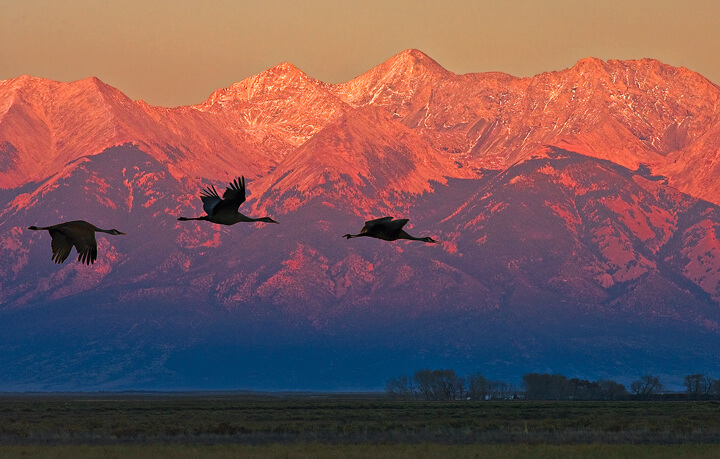
Sandhill Cranes against the painted landscape of the San Luis Valley.
Photo by Guy Schmickle, March/April 2013 Colorado Life Magazine.
.
Nested between southern Colorado’s expansive San Juan Mountains and the awe-inspiring Sangre De Cristos, lies a valley the size of Massachusetts. From tales of conquistadors to myths of alien landings and Colorado’s oldest water right, the San Luis Valley encompasses a rich history, tantalizing folklore and people who live dedicated to their land. This is the place that my grandmother’s great-grandmother and I call home.
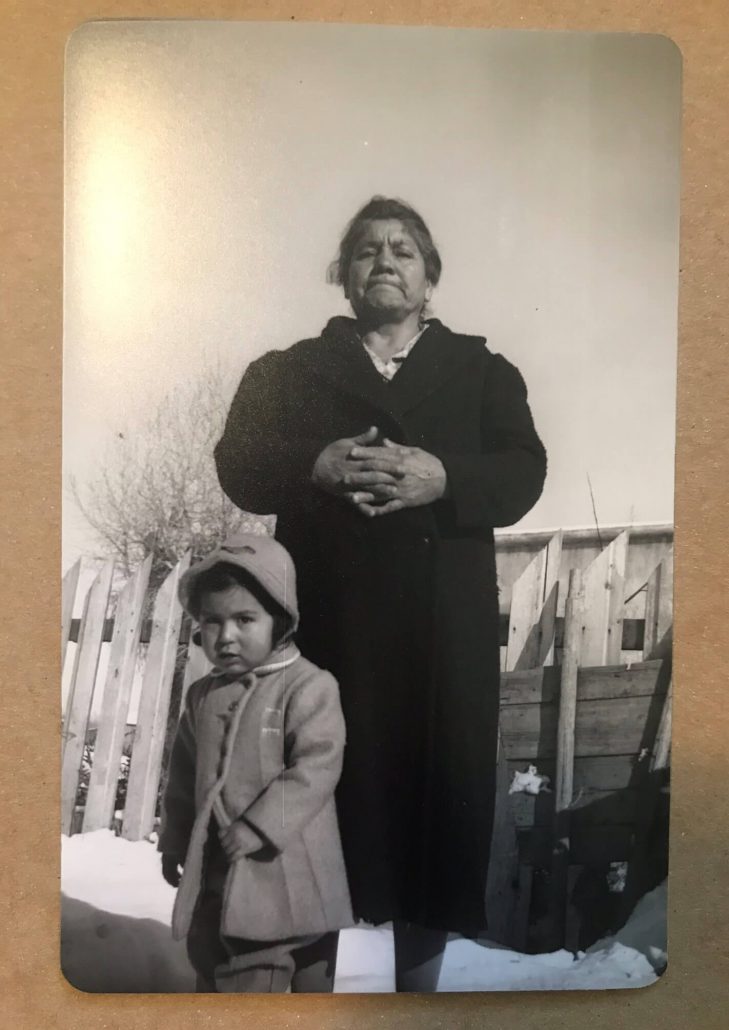
My Great-Great Grandmother Avelina Chavez and my grandma Emilia Chavez as a young girl ~1943 in Del Norte Colorado.
At first glance, visitors to our region may just see a series of small towns, the occasional street art, open fields and stunning views. It’s easy to overlook the generations of people and families that live here and love this place. You may not notice our vibrant wetlands and the migratory birds which flock to our open spaces every spring and fall.
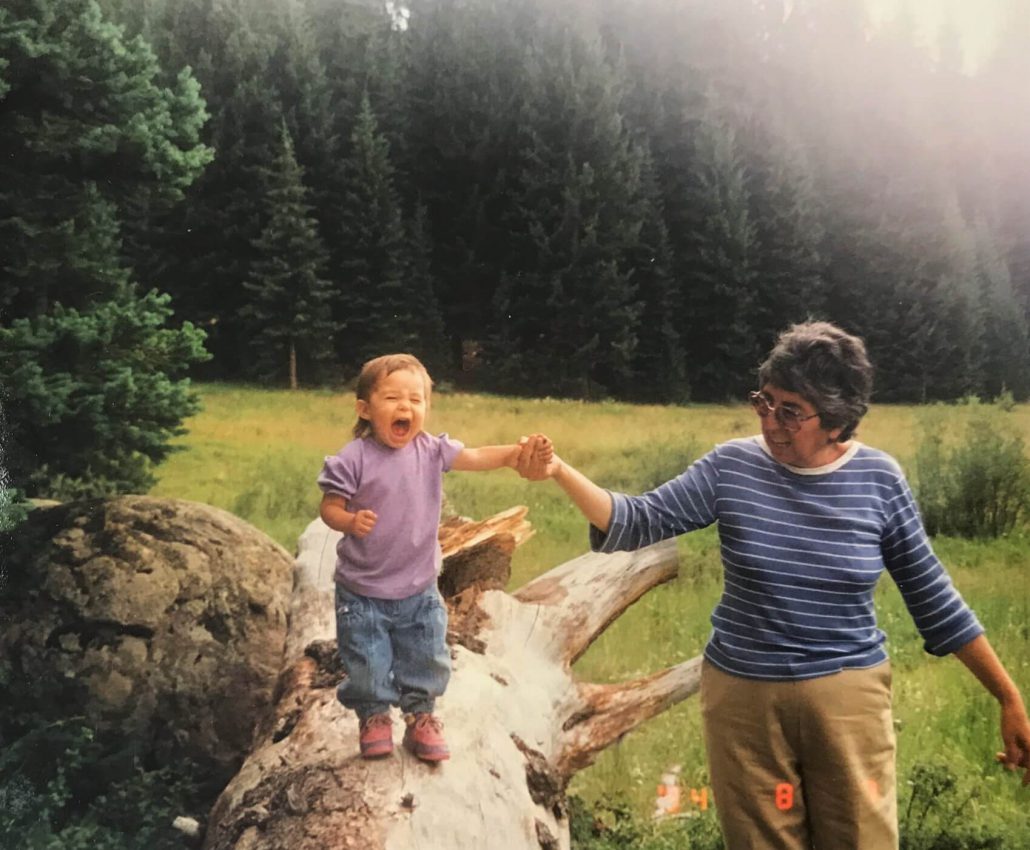
Me and my grandma Emilia Chavez during a camping trip, 1994.
Growing up here, I dreamt of other places. I mistakenly saw the mountains as barriers to climb to freedom from small-town living. Few of my extended family and friends had lived outside these mountain walls that encapsulated the valley floor. I was anxious to leave. When that time came, I was surrounded by family. A great Aunt came to me and provided a warning, “If you do not take the Valley sand with you, it will bring you back.” I disregarded her folklore.
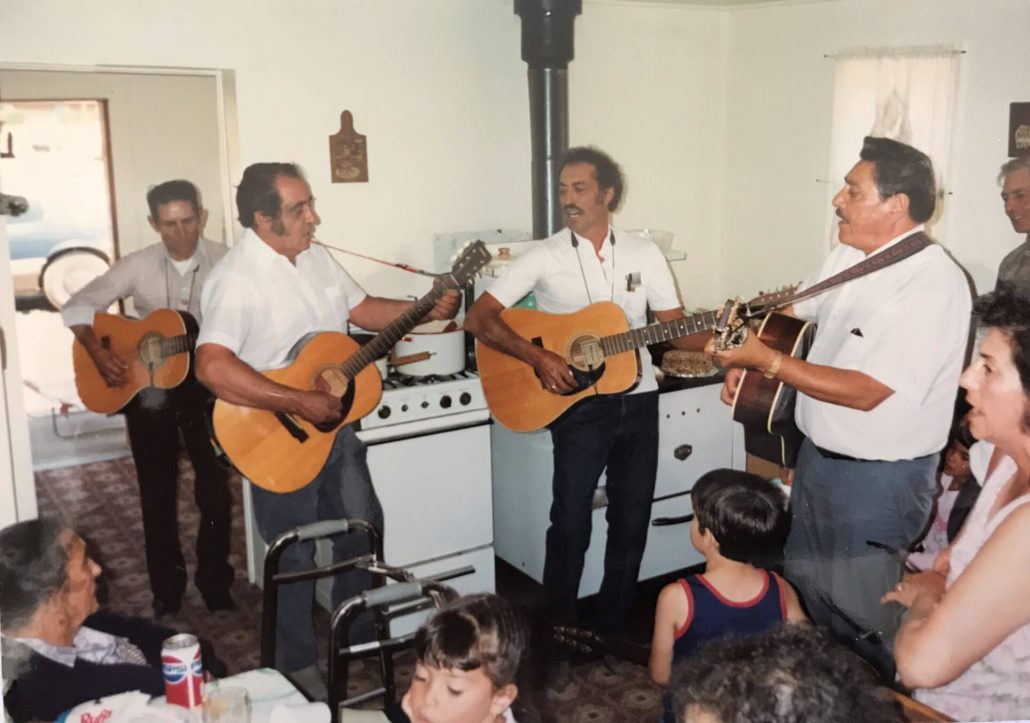
My Grandpa Louie Sanchez and my Uncle Al playing with friends at my Grandmita Lucia Gonzales’ house in Capulin Colorado.
I went to live on the Front Range of Colorado and constantly found myself thinking of home. I was confused at the “green chili” I found in restaurants, disappointed in every plate with Spanish rice and bewildered when my friend referred to black pepper as “spicy”. It wasn’t just the food that made me miss my home. I also longed for the diverse people, the open spaces, the howling spring wind that made you feel like you were part of the grains of sand moving freely in space.
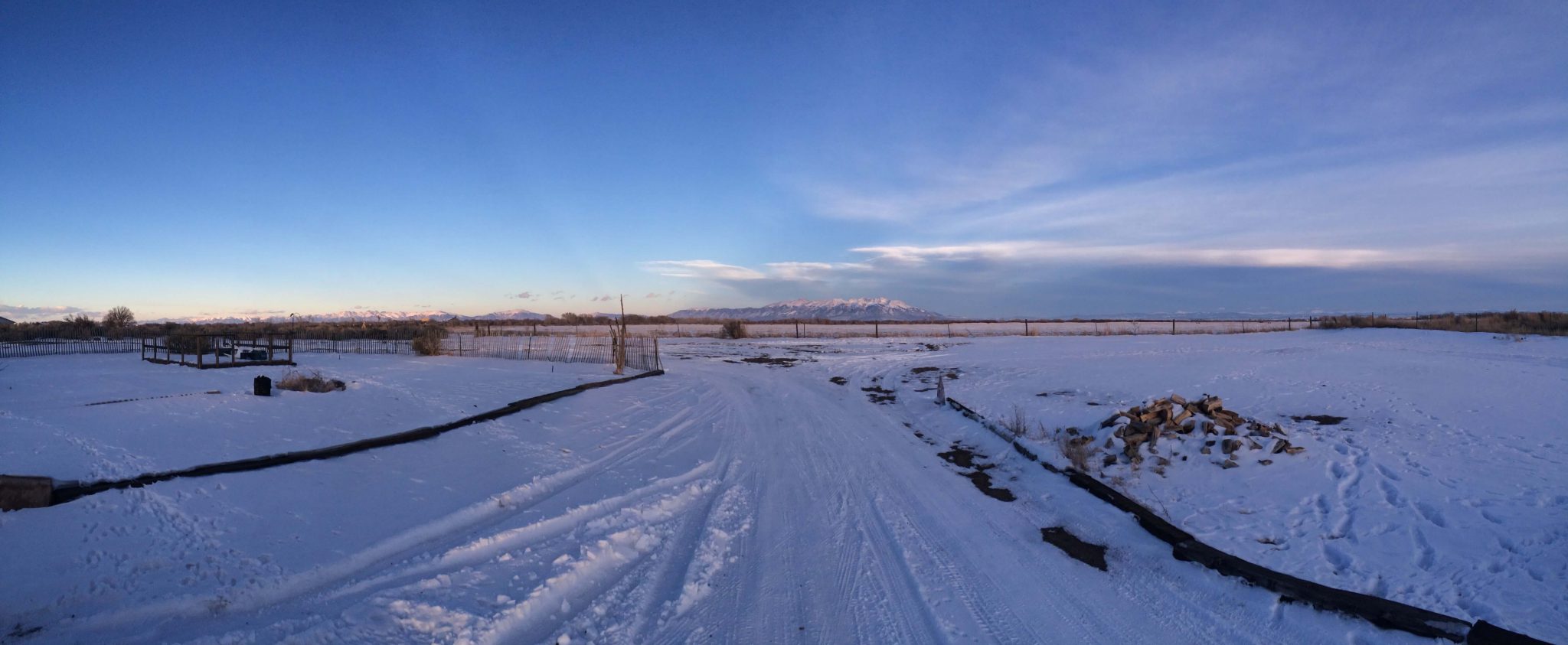 At the same time, drawn to conservation in my education, and realized I could apply my new-found knowledge of my natural surroundings to the San Luis Valley. I took my first internship in the San Luis Valley, with a local non-profit, The Rio Grande Headwaters Land Trust. Through that experience, I found myself gaining a deeper understand of my home. I visited wetlands, with grasses that I didn’t know could grow so lush in the desert.
At the same time, drawn to conservation in my education, and realized I could apply my new-found knowledge of my natural surroundings to the San Luis Valley. I took my first internship in the San Luis Valley, with a local non-profit, The Rio Grande Headwaters Land Trust. Through that experience, I found myself gaining a deeper understand of my home. I visited wetlands, with grasses that I didn’t know could grow so lush in the desert.
Last fall, after months of application preparation, reaching out to mentors for advice, and nerve-racking interviews, I joined the team at Bird Conservancy of the Rockies as a Private Lands Wildlife Biologist. I’d returned home to work with private landowners to conserve habitat for wetland and riparian obligate species. I’ve also reunited with old friends and am able to spend time with family. My work and personal life often intersect. When meeting a landowner, I often discover that we are—unsurprisingly—connected by a family member or friend.
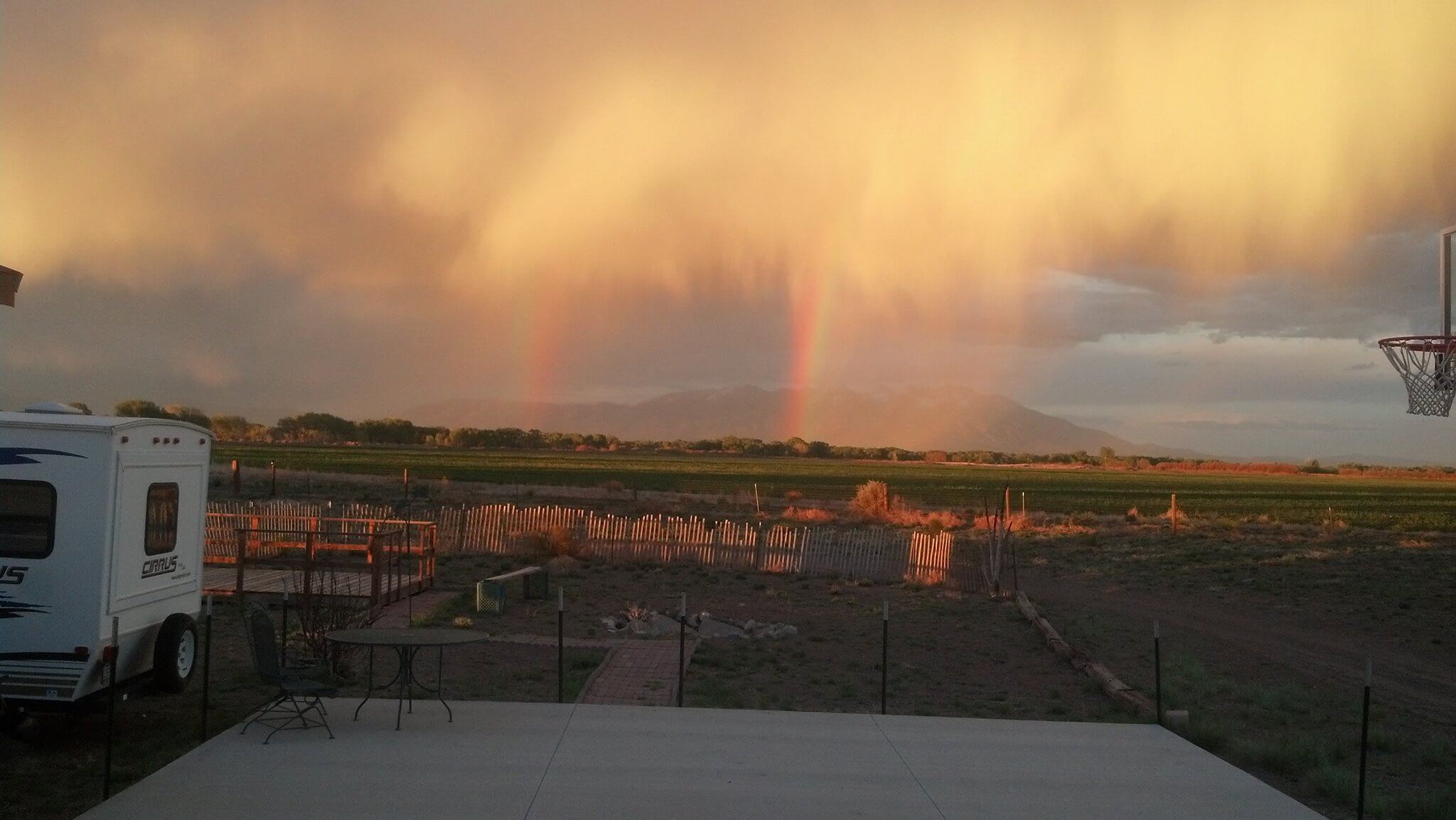
There are elements of my homecoming that at times feel surreal. Walking through familiar landscapes filled with chico bushes feels like my first time setting foot on this land, armed with new knowledge and a trained eye. I notice ecological systems at work that I never knew existed in my sandy backyard. Encountering old friends and mentors, I strive to walk the fine line between pride and humility as I describe my work with Bird Conservancy of the Rockies. Excitedly, I tell them about conservation of at-risk Southwestern Willow Flycatcher habitat – which relies on the same river ways that gave my ancestors prosperity.
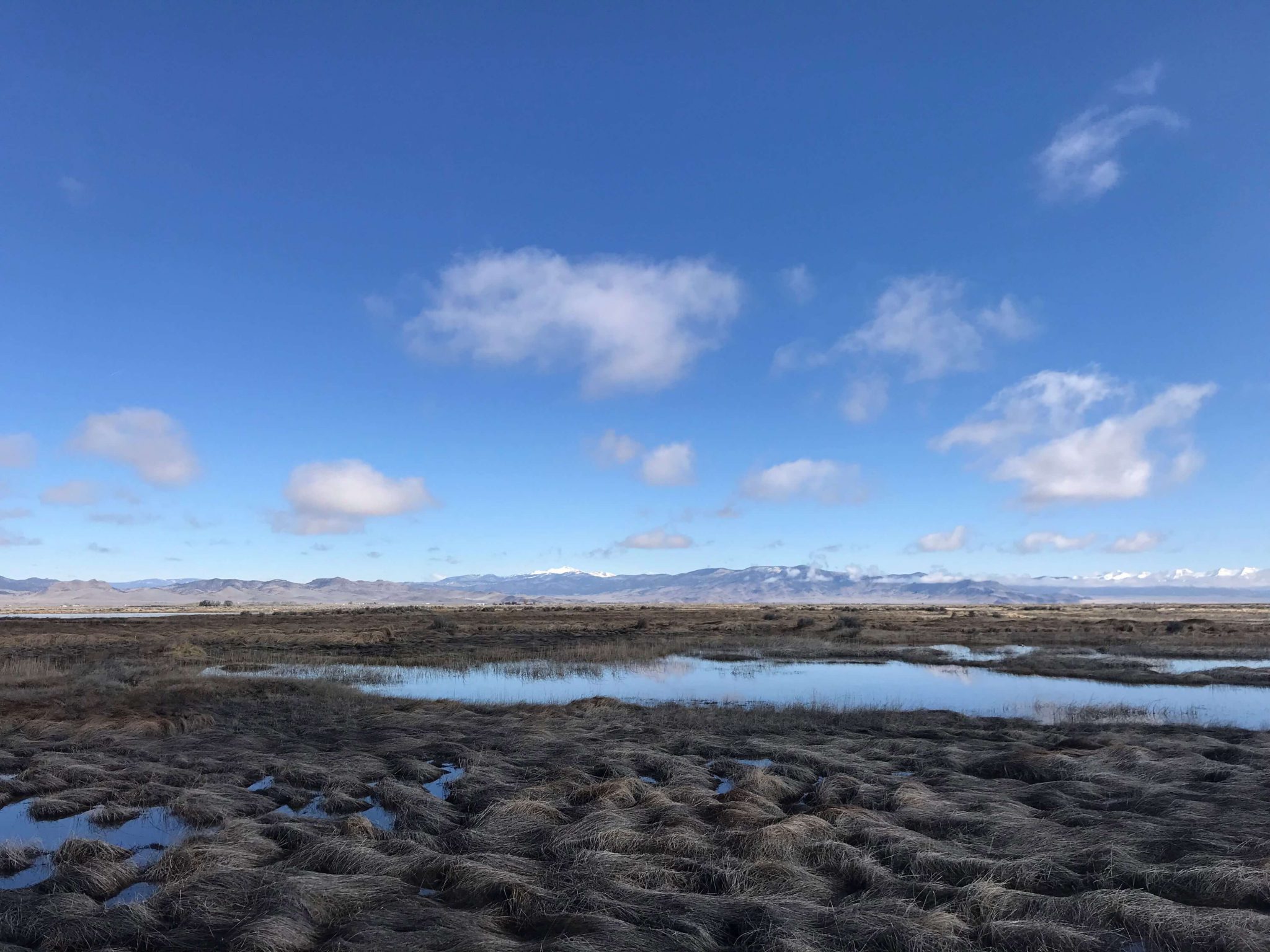 It has been difficult to find the words to describe my gratitude to give back to the community with access to the quality of mentorship I have found through Bird Conservancy and the landscape knowledge of the Natural Resources Conservation Service. I am finding fulfillment in being near my family, working for an organization that I am proud to represent and surrounded by community members.
It has been difficult to find the words to describe my gratitude to give back to the community with access to the quality of mentorship I have found through Bird Conservancy and the landscape knowledge of the Natural Resources Conservation Service. I am finding fulfillment in being near my family, working for an organization that I am proud to represent and surrounded by community members.
Alongside partners like Wetland Dynamics, Rio Grande Headwaters Land Trust, and so many more environmental leaders, I am determined to help conserve the San Luis Valley’s rapidly depleting aquifer, which supports our lifestyle and hosts thousands of wetland and migratory birds each year. I am still learning how to navigate my new position, but feel a sense of peace knowing that I forgot to bring the Valley’s sand with me when I left home.
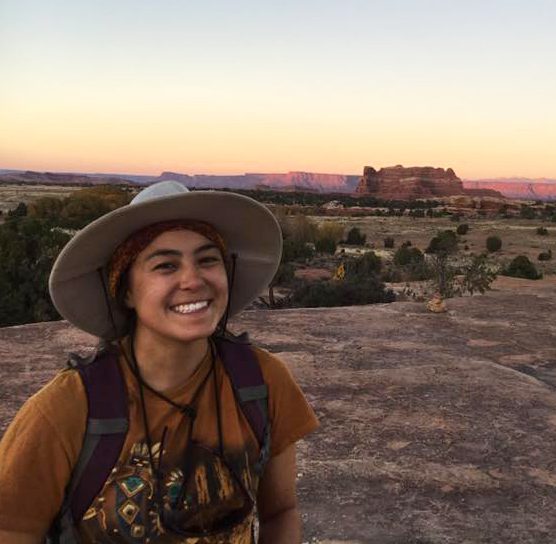 A San Luis Valley native, Emily Chavez graduated from Colorado State University with a B.S. in Natural Resources Management and Watershed Science. Past projects ranged from grasslands experiments to snow hydrology. She worked with the USFS monitoring endangered salmon habitat in the Columbia Watershed Basin for the Pacific Fish Inland Fish Biological Opinion. Emily’s work in the San Luis Valley focuses on partnerships with private landowners through various Farm Bill practices to conserve and improve wetland habitats, and habitat enhancements for focal species like the Southwest Willow Flycatcher. Emily can be reached via email or by phone at (719) 992-3677.
A San Luis Valley native, Emily Chavez graduated from Colorado State University with a B.S. in Natural Resources Management and Watershed Science. Past projects ranged from grasslands experiments to snow hydrology. She worked with the USFS monitoring endangered salmon habitat in the Columbia Watershed Basin for the Pacific Fish Inland Fish Biological Opinion. Emily’s work in the San Luis Valley focuses on partnerships with private landowners through various Farm Bill practices to conserve and improve wetland habitats, and habitat enhancements for focal species like the Southwest Willow Flycatcher. Emily can be reached via email or by phone at (719) 992-3677.
Emily Chavez is based in Alamosa, CO and employed by Bird Conservancy of the Rockies with funding support from NRCS, Colorado Parks and Wildlife, the National Fish and Wildlife Foundation, the Intermountain West Joint Venture and U.S. Fish and Wildlife Services.



 Donate
Donate